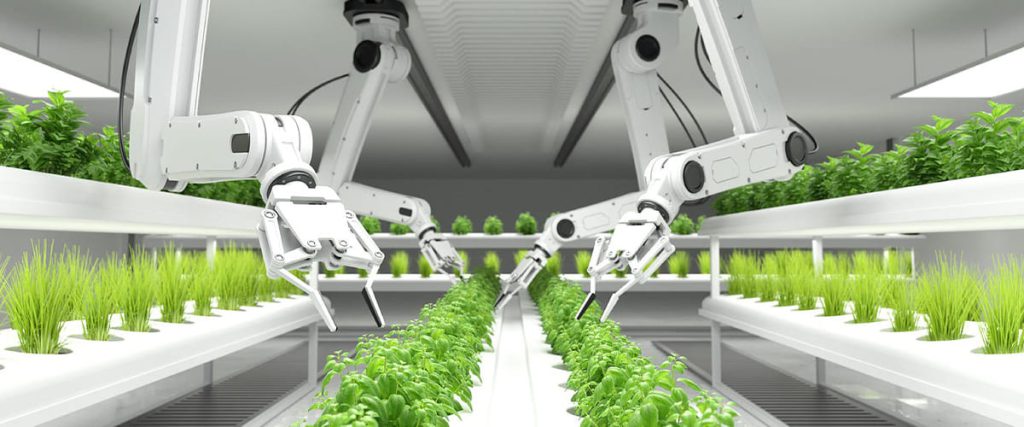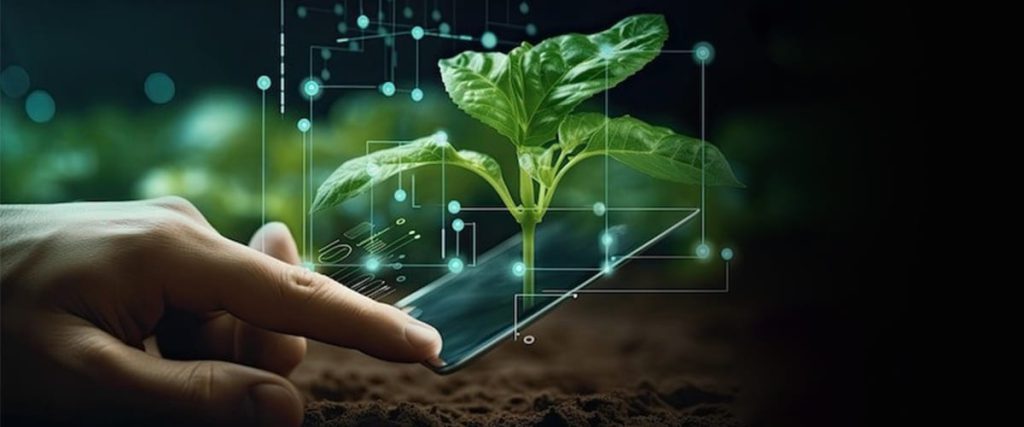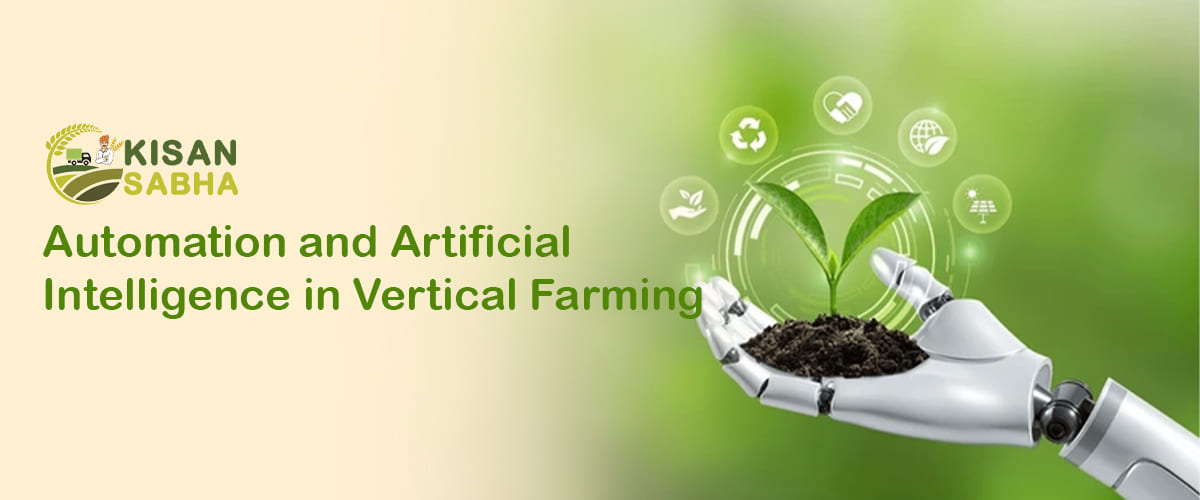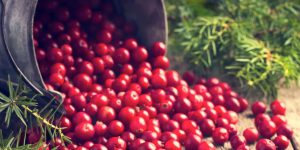Vertical farming is already an environmentally beneficial style of agriculture, but automation and artificial intelligence (AI) can help to decrease energy usage and waste even more. This farming is a novel approach involving growing crops in vertically stacked layers while controlling temperature, humidity, and light using controlled environment agriculture (CEA) technology.
Vertical farming has various advantages, including the ability to produce crops year-round, eliminating the need for pesticides and herbicides, reducing water use by up to 90%, and being done in metropolitan settings with limited space. On the other hand is significantly dependent on technology. Automation and artificial intelligence (AI) are two important technologies that are changing the way we grow food.
Automation in Vertical Farming
Automation in vertical farming refers to the employment of robots and machines to fulfill jobs that people previously performed. For example, automated devices can plant seeds, water plants, and harvest crops. This not only saves time and money but also provides a regular and predictable crop output.
Artificial Intelligence in Vertical Farming

AI, on the other hand, entails the use of machine learning algorithms to analyze data and make judgments. AI can be used in vertical farming to monitor plant development, modify environmental conditions, and optimize the use of resources such as water and fertilizer. AI can find patterns and predict plant health and growth by analyzing data from sensors and cameras. This enables farmers to make more informed decisions and increase crop yields.
Advantages of Automation and AI in Vertical Farming Automation and AI are advantageous not only to crop yields but also to sustainability. It is already an environmentally favorable style of agriculture, but automation and AI can further minimize energy use and waste.
Automated systems, for example, can alter lighting and water usage based on plant demands, eliminating waste and conserving energy. AI can also optimize crop output to reduce waste and the carbon footprint of vertical farming.
Also Read:- 4 Essential Tips for Safe Tractor Use on the Farm
Features of Artificial Intelligence in Vertical Farming
Monitoring

Automation and AI offer crucial advantages in vertical farming by enabling comprehensive control over the growing process. These technologies regulate environmental factors like temperature, humidity, and lighting with precision. They also manage water and nutrient application efficiently. Moreover, AI-driven systems can detect plant diseases and pests early, facilitating prompt and targeted interventions. This level of oversight and responsiveness enhances crop health and yield, making vertical farming more productive and sustainable.
Enhanced Efficiency
Furthermore, automation and AI can boost vertical farm efficiency by lowering the demand for physical labour. Vertical farms can cut labour expenses and enhance overall efficiency by automating repetitive processes such as planting and harvesting. Vertical farms can operate with fewer workers, addressing labor shortage concerns in certain areas while maintaining efficient agricultural production.
Waste Management
In addition to increasing productivity, the application of automation and AI in vertical farming can assist reduce waste. Farmers can optimize resource use by effectively managing growing conditions and closely monitoring the health of their plants throughout the process. They reduce waste of water, fertilizer, and energy, making it a more sustainable choice compared to traditional farming methods.
Data Analytics
The ability to collect and analyze data is another advantage of integrating automation and AI in vertical farming. Farmers may make more informed decisions and optimize their operations for optimal production by collecting data on plant growth and environmental variables. This can result in the creation of new plant varieties to thrive in the unique conditions of vertical farming.
Food Security and Safety
Finally, automation and artificial intelligence (AI) can help to improve food safety and security. Vertical farms can produce safer and more consistent crops by regulating growth conditions and lowering the danger of contamination. Furthermore, vertical farms can be positioned closer to metropolitan areas. This will minimize the distance food must travel from farm to table and enhance community food security.
Conclusion
Technology is critical to the success of vertical farming. Automation and artificial intelligence (AI) are changing the way we raise food by increasing efficiency, increasing crop yields, and decreasing waste. They provide a sustainable way to feed the world’s growing population. We can continue to improve and optimize this novel style of agriculture with the help of technology.




